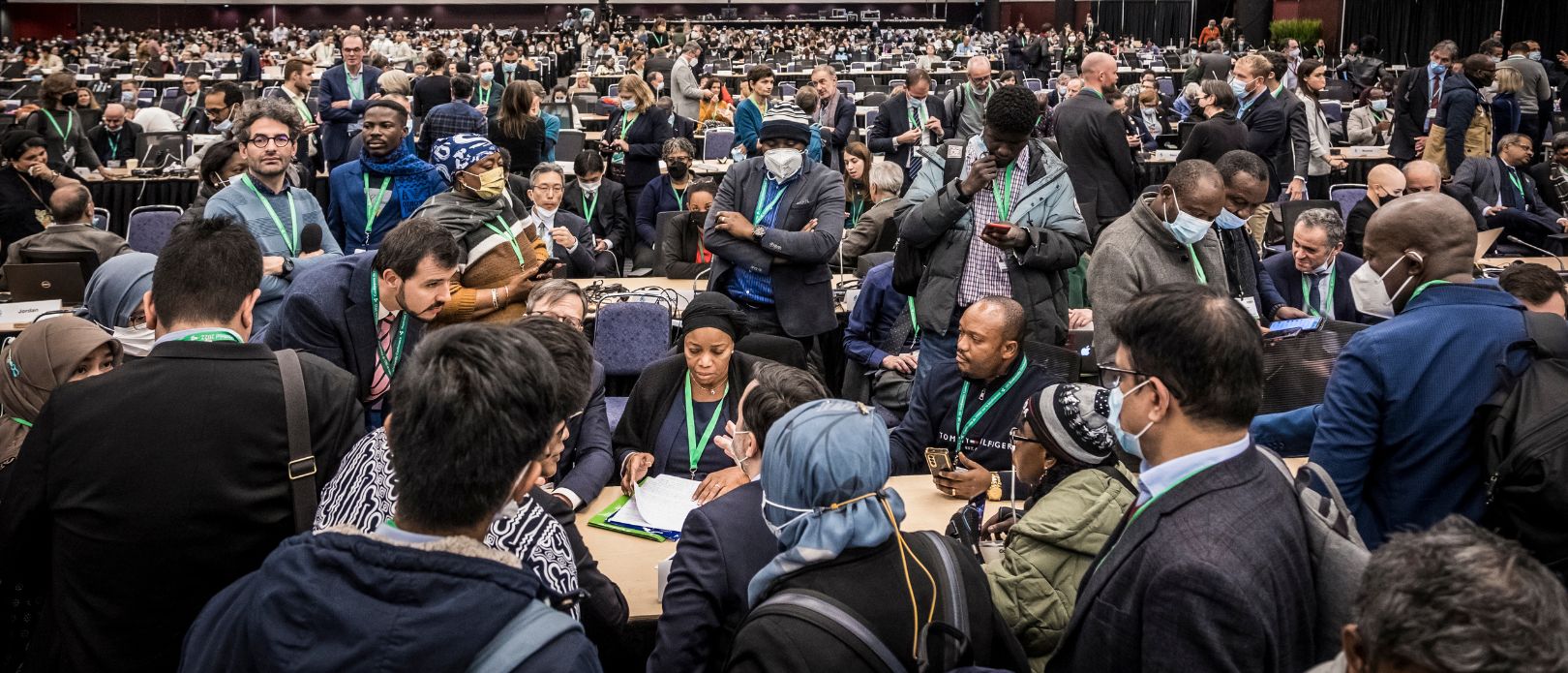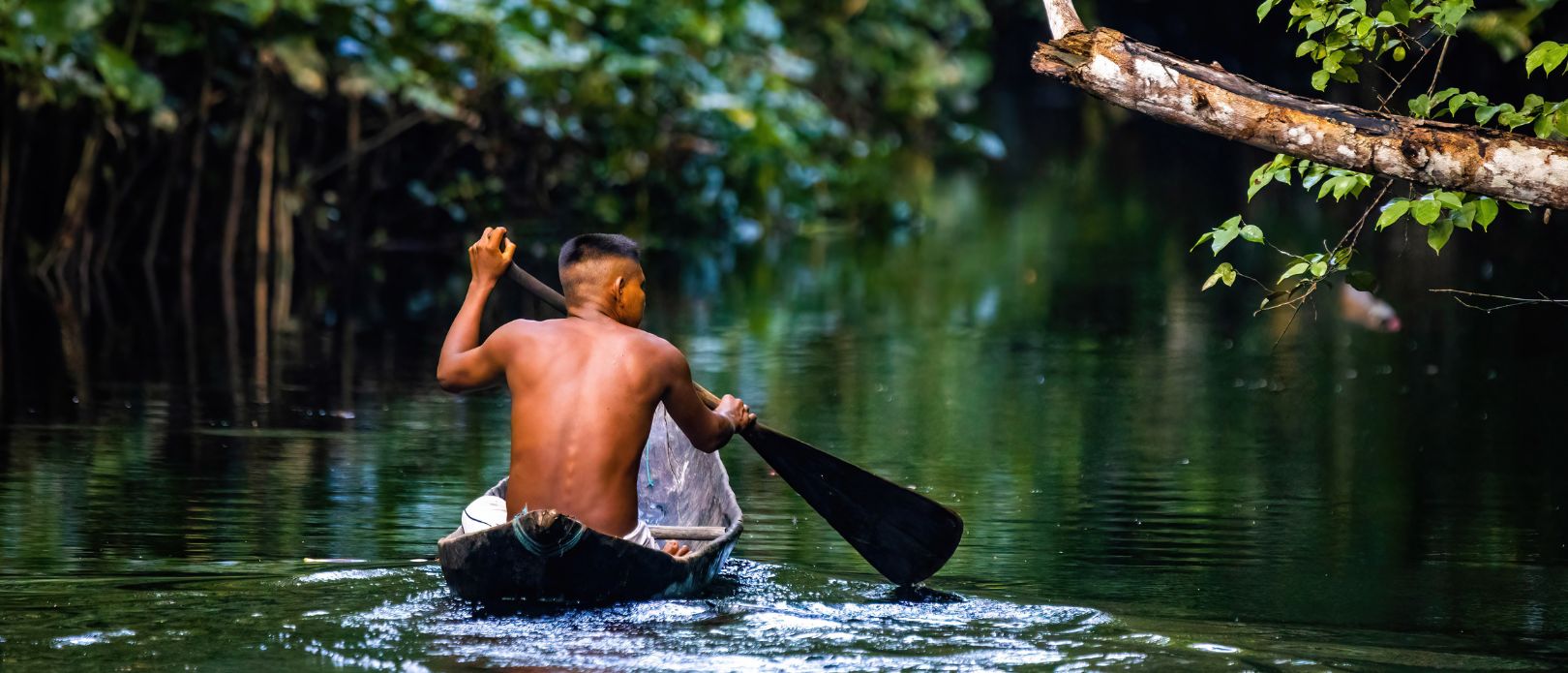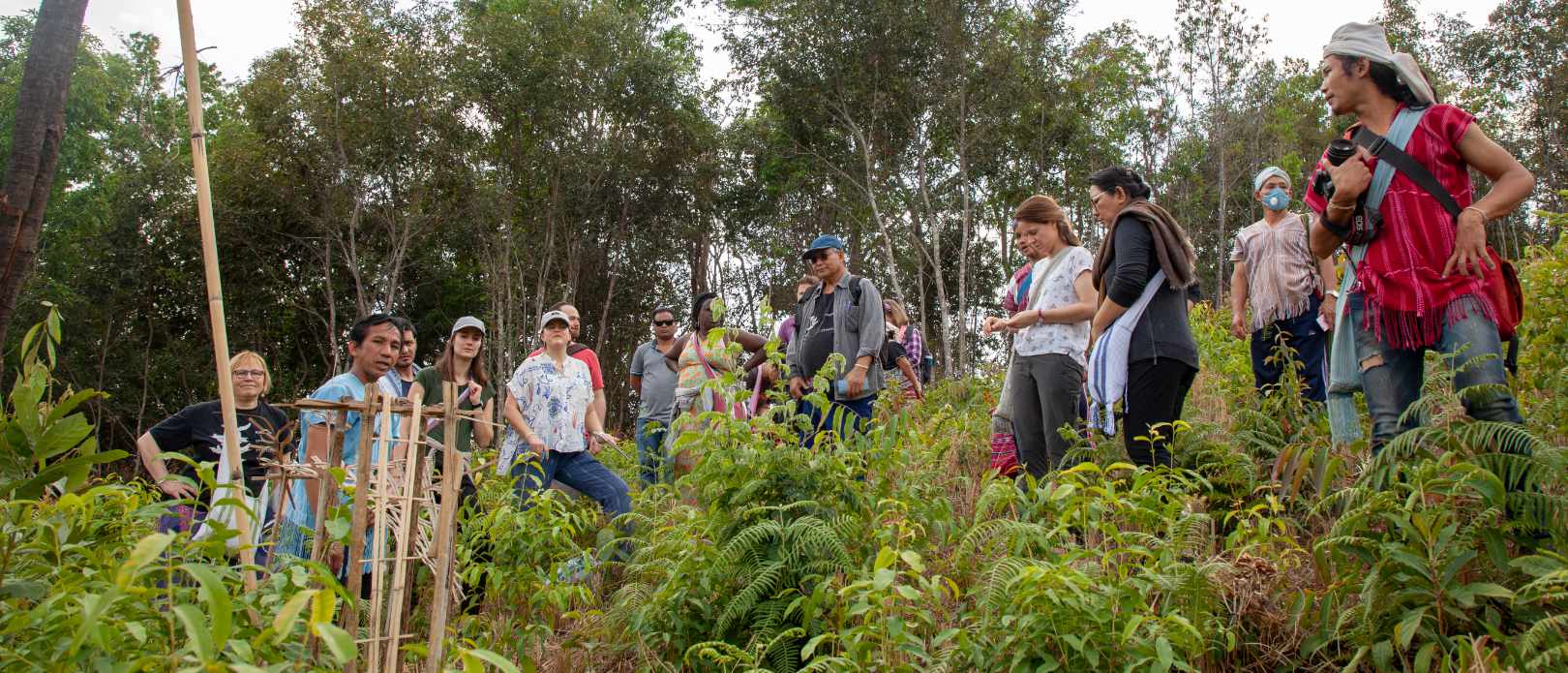Biodiversity
Human rights gain recognition in new biodiversity framework
The new Global Biodiversity Framework adopted at COP15 takes the important step of recognising the rights of Indigenous peoples, local communities, women and youth
- The new framework envisions living in harmony with nature by 2050 and aims to halt biodiversity loss
- The big flagship target of the new agreement is to protect 30 percent of the Earth’s surface
- The language of the framework recognise the rights of Indigenous peoples and local communities, including to their lands and territories
On 19 December 2022 world leaders agreed on the new Kunming-Montreal Global Biodiversity Framework. The new framework envisions living in harmony with nature by 2050 and aims to halt biodiversity loss, in alignment with the 2030 Agenda for Sustainable Development.
The big flagship target of the new agreement is to protect 30 percent of the Earth’s surface.
Centre colleagues from the sida-funded SwedBio programme were on site during the negotiations to make the case for a human rights-based approach to conservation. Three of them, Pernilla Malmer, Lou Darriet, and Ana Carolina Marciano, reflect on the new framework's main outcomes.
Is the human rights-based perspective something that went into the agreement?
Pernilla Malmer: Importantly, the language of the 30x30 target and other parts of the framework recognise the rights of Indigenous peoples and local communities, including to their lands and territories.
The framework with its four goals and 23 targets takes significant steps towards intergenerational equity, equality, justice and sustainability for people and nature. This outcome was a victory for Indigenous peoples and local communities, women and youth as custodians of biodiversity on the ground, who were responsible for driving a human rights-based approach in the negotiation process.
The framework takes significant steps towards intergenerational equity, equality, justice and sustainability for people and nature.
Pernilla Malmer, Swedbio
The agreement contains an overarching section with the recognition to implement the new framework with a human rights-based approach, including the human right to a clean, healthy and sustainable environment. It recognises the contributions of Indigenous peoples and local communities to conservation and their corresponding rights.
Also, the right to free, prior and informed consent on their traditional knowledge is recognised in the framework. Their customary sustainable use is protected and encouraged and a new standalone target on gender equality has been agreed upon.
Furthermore, one target is dedicated to the full and effective participation in decision making of not only Indigenous peoples and local communities, but also women, girls, youth, persons with disabilities, and the full protection of environmental human rights defenders.
What was SwedBio’s mission during the five year negotiation of the new Global Biodiversity Framework?
Lou Darriet: SwedBio has been coordinating the informal working group on Human Rights and Biodiversity. The group, consisting of broad and diverse organisations and people, has been active in the negotiation processes, arguing for a human rights-based approach, gender equality as well as intergenerational equity.
In this working group we collaborate with the Indigenous peoples and local communities, Womens’, and Youth’s caucuses, who came together to present their knowledge and experiences, and give visibility to rights holders and voices from the ground.
At COP15 in Montreal, we facilitated meetings on and off site, informed about what human rights-based approaches mean for biodiversity and advanced relevant discussions on human rights, gender equality, Indigenous peoples and local communities rights..
Any other reflections?
Ana Carolina Marciano: From an ocean perspective the discussions around marine and coastal biodiversity conservation were still timid and could have been more equitable. There was a lack of recognition and inclusion of small-scale fisher representatives.
From an ocean perspective the discussions around marine and coastal biodiversity conservation were still timid and could have been more equitable.
Ana Carolina Marciano, SwedBio
However, It is important to highlight that for the first time a group of Indigenous peoples and local community small-scale fishery representatives from different parts of the globe jointly attended and actively engaged in the negotiations. SwedBio also followed other thematic areas such as agriculture where agroecology was included as a strategy for sustainable production.
SwedBio continues to work with partners from across the world to bridge knowledge, experiences and perspectives from local to global and advance biodiversity and equitable development in harmony with nature.
For more information on the conference in Montreal as well as SwedBio and their partner’s work make sure to follow their work on social media:
Twitter: @SwedBio
Facebook: @SwedBio
Instagram: @swedbio
or visit their website
Further reading
Press Release: Indigenous Peoples and Local Communities









